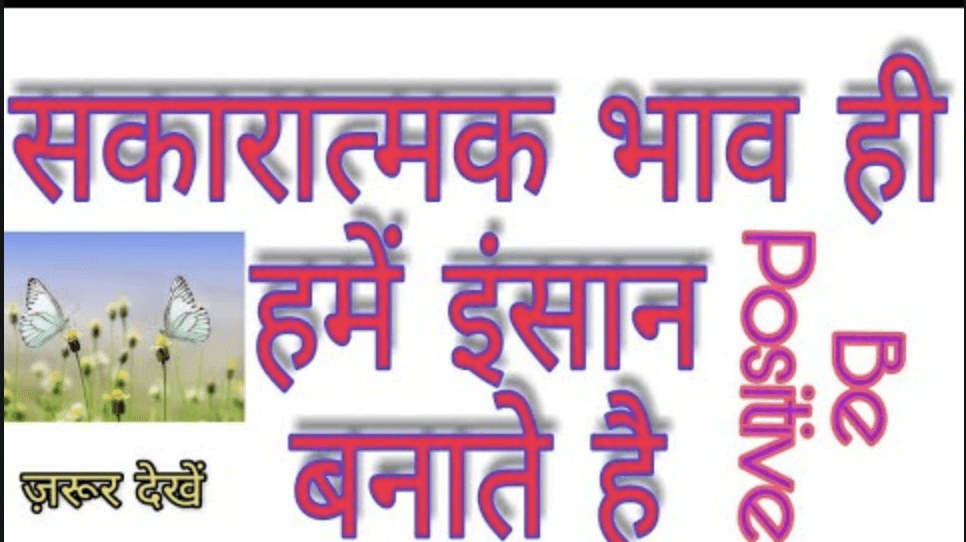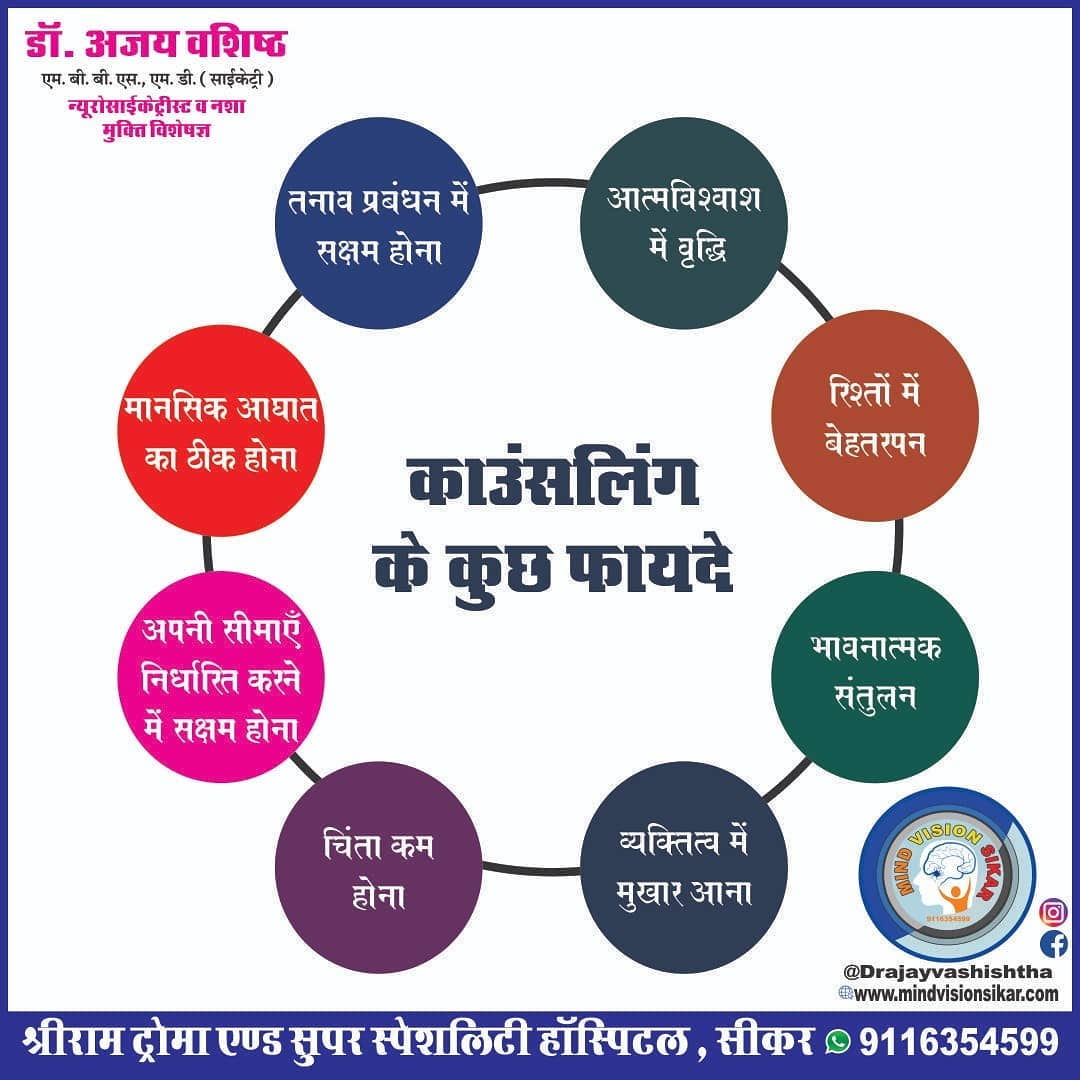Based on a lesson unit developed by Sarfaraz Farooque, preceded by Life in Quarantine and followed by Part II
Part I and II
Proficiency: Intermediate Mid/High
Time: 2X(2X75 min.)
Technology Tools:
- Zoom
- Google Docs
Objectives: Students will be able to:
- express and describe feelings, mental states and moods
- describe and explain the effects of the lockdown on the mental health
- provide solutions for mental health
Language Targets: Students use:
- formation of adjectives from nouns (part 1 and part 2)
- rich vocabulary related to emotions and mental health
- expressions with feelings (X को + noun)
Part I (2X75 min.)
Step 1. Teacher share screen with the following slide and asks students: इस विचार से आप राज़ी हैं या नहीं? क्यों?
Step 2. Competition: In break out rooms 2 big teams are given 10 min to list as many as possible words for emotions under each face: चहरे का भाव बताइये (ऊपर से शुरू करना, बाई से दाई तरफ़). The class comes together and while listing their suggestions — teacher reminds them to classify them as. Teacher takes notes on the white board — writes in a table with 3 columns (१) नकारात्मक, (२) सकारात्मक (३) बीच के
Step 3. Teacher places the students in groups to brainstorm about मन पर लोकडाउन का प्रभाव – (4-5 समस्याऐं समझाएँ)
Step 4. Teacher shows a YouTube video (by closing subtitles) in four segments.
mm:ss mm:ss
segment 1 – 01:29 to 02:41 – worksheet 1
segment 2 – 02:55 to 05:19 – worksheet 2
segment 3 – 05:20 to 07:10 – worksheet 3
segment 4 – 07:11 to 09:50 – worksheet 4
Vocabulary for each section is provided on on a google doc and after viewing each segment, students look at the vocabulary and summarize the main idea of these segments in 2-3 sentences on the same google doc under their names.
Google doc links for vocabulary items and classwork.
Step 5. In pairs, students discuss the side effect of lockdown on mental health and countermeasures one can take to protect one’s mental health. They make a list of their ideas. (This is done on a separate google doc and is based on the video they watch and any prior knowledge from news articles, shows, social media or any other sources). Then they change partner and share their ideas. They list the new ideas and use this information for homework. The teacher shows the mind map about counseling as a sample to develop their own map for homework.
Homework: Individually, students view another YouTube video and prepare a mind map or of their ideas about the effects and solutions along with an audio file explaining it (ppt slide or another format)
Step 1 – In pairs, students compare their mindmaps (homework from the previous class) in order to identify 2-3 points that their partners do not have in their mindmap. Back in the zoom room, they discuss these points with each other .
Step 2 – Competition: In breakout rooms students work in pairs: they are given 10 min to go through the vocab (below) list and add as many synonyms as they know/can to at least five items of their choice. Students go back to the zoom room and share their vocabulary.
Step 3. Back in pairs, students read in google docs the assigned text from the आयुष मंत्रालय (they can refer to the glossary as needed), and pick out and list 2-3 new उपयोगी और महत्वपूर्ण points in the text, which they didn’t have in their mindmap.
Google doc – https://docs.google.com/document/d/1iUnLe-kUs1BbufH5sAtHa1UTSz05FcmtqQw4d-LkZ_0/edit?usp=sharing
Glossary:
|
|
|
Source: https://www.youtube.com/watch?v=Ul2tG9sDKkY&t=395s
Step 4. Students read the post from the Health Ministry pick one of the points as the most important point, i.e. सबसे उपयोगी और महत्वपूर्ण सुझाव to manage the stress individually from the reading text. They prepare 2-3 arguments why they think it is the most important point and report it to the class.
Homework: Students listen to the youtube video https://www.youtube.com/watch?v=Ul2tG9sDKkY&t=395s and bring to class 3 interesting, new or unexpected points, besides the ones already discussed in class.
Description of how this unit was taught the second time around.


